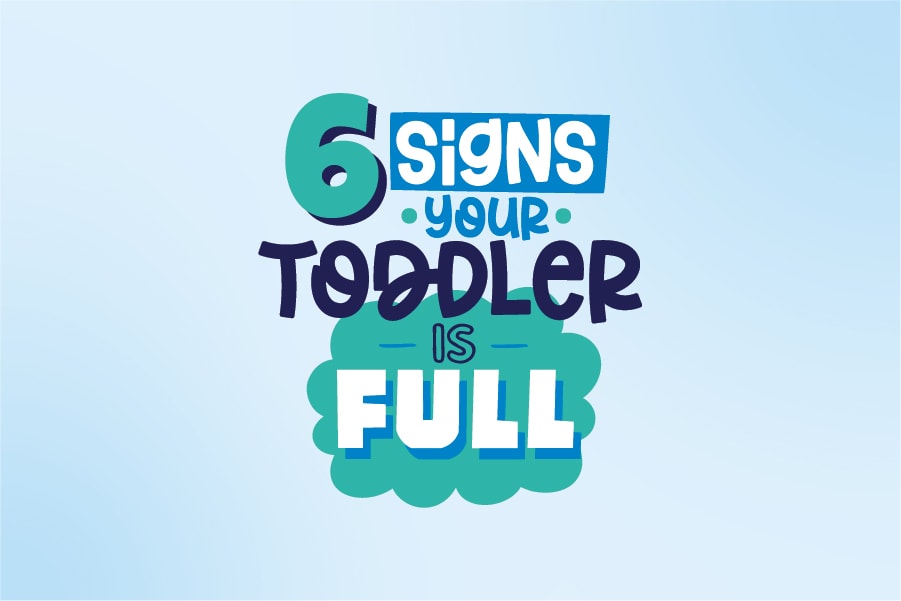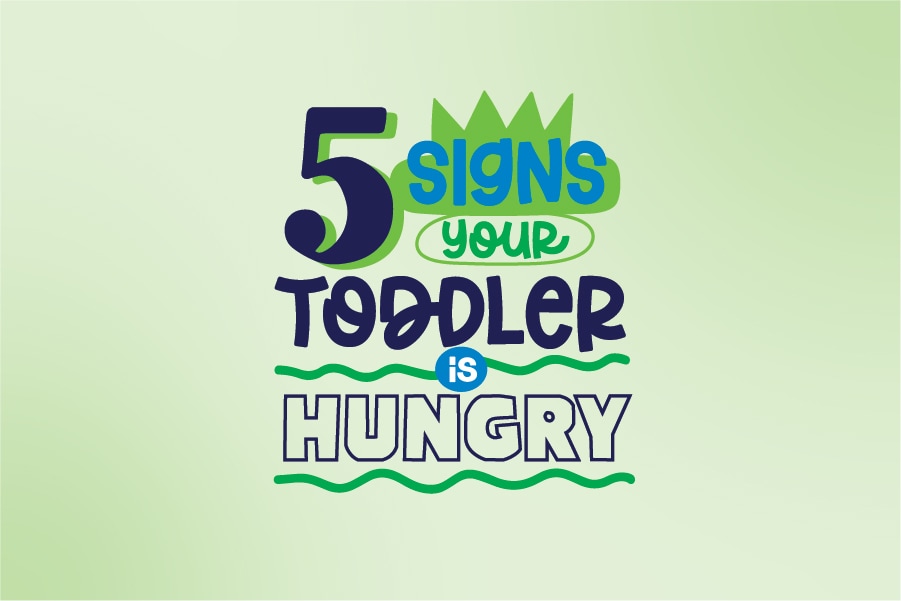6 Signs Your Toddler Is Full
 Before toddlers have the tools to clearly communicate, or understand what they’re feeling, it can be hard for them to tell us what they need. But you don’t have to be a mind reader to know when your child is full. Kids are born with natural hunger and fullness cues, so watch and listen to your toddler for signs of fullness.
Before toddlers have the tools to clearly communicate, or understand what they’re feeling, it can be hard for them to tell us what they need. But you don’t have to be a mind reader to know when your child is full. Kids are born with natural hunger and fullness cues, so watch and listen to your toddler for signs of fullness. There are a variety of verbal and nonverbal ways kids communicate with us. Read on for signs your toddler is full.
In this article:

Signs your toddler is full
Common ways your toddler will let you know they’re full:
- Pushing food away.
- Using hand motions or making sounds to let you know they are full.
- Using words or phrases like “all done” or “no more.”
- Covering their mouth or face, crossing their arms, shaking their head or other body language to let you know they are full.
- Playing with or throwing food.
- Wanting to leave the table to go play.
If your child is showing signs of fullness, trust them to listen to their body’s natural cues. As the caregiver, it’s your job to offer food and mealtime structure. It’s their job to decide if they’ll eat, what they’ll eat and how much they’ll eat (from what you provide). This is called division of responsibility.
What to do if your child refuses to eat
By playing your part at mealtime and trusting your child to play theirs, you can start to shift your mealtime mindset. Instead of wondering, “How do I get my child to eat when they refuse?” you can take comfort in knowing your child is building healthy eating habits by listening to their body’s natural cues.
Normal reasons why a child won’t eat
There are plenty of normal and developmentally appropriate reasons why a child may not want to eat. Kids are busy growing, learning and playing. And it’s totally normal for their appetite to fluctuate. Reasons kids won’t eat can include:
- They’re teething or don’t feel well. Think about when you’re sick or don’t feel well. It’s perfectly normal for kids to lose their appetite when they’re sick or not feeling great.
- They’re distracted or want to play. To limit distractions, make mealtimes about eating and family conversation. Keep screens, toys, books, etc. off the table.
- They’re full. If your child has eaten in the past 2 to 3 hours or they’ve been grazing all day, they may not be hungry.
- They’re drinking juice or milk throughout the day. Milk and juice can be very filling. Offer water between meals and snacks.
Tips to help your child to eat
If your child doesn’t eat a meal or snack, don’t worry. Kids get the nutrition they need to grow and develop over the course of multiple meals. But if you want to try some strategies to help them eat, you can:
- Create a mealtime routine. Kids crave routine and structure because it sets clear expectations. When kids know what to expect, they have a sense of comfort and security.
- Let them fix their own plate. At around 2 years of age children can start to spoon their own food on their plate with help and guidance. And they will continue to get better at this as they get older. When they have a say in what’s on their plate, they’re more likely to eat it.
- Ask forced choice questions. Letting your child in on some mealtime decisions is a great way to make them feel included in the process and let them practice independence and problem solving. For example, try asking, “Would you like to use the blue plate or orange plate?” or “Would you like green beans or broccoli with dinner tonight?”
- Invite them to help prep the meal. Kids of all ages are able to help in the kitchen—and many have fun doing it! Plus, helping with meal prep introduces them to new tastes and textures and helps them get comfortable with new foods. Even if they don’t eat what you make together, they’re still working to build a healthy relationship with food.
The bottom line? If they don’t eat the food you offer, calmly let them know that they don’t have to eat, but this is the only food that will be offered until the next snack or mealtime. You play your role and they play theirs. That’s the winning strategy for stress-free meals.

